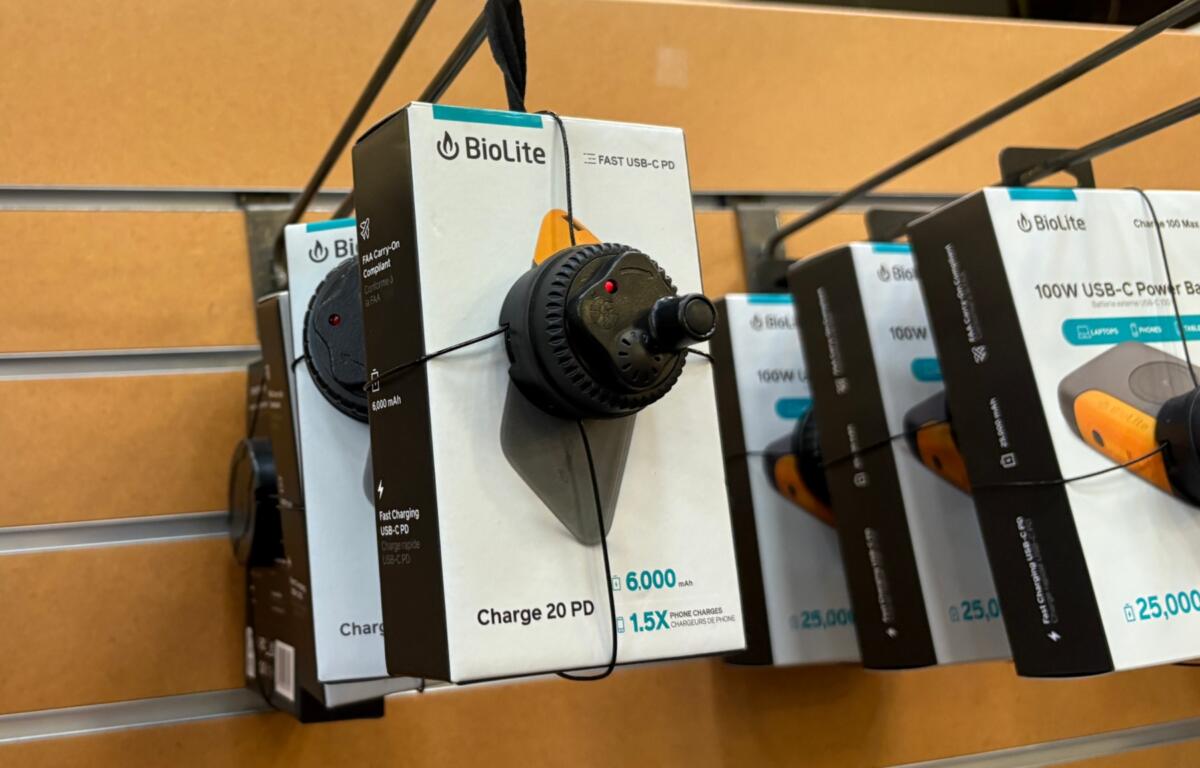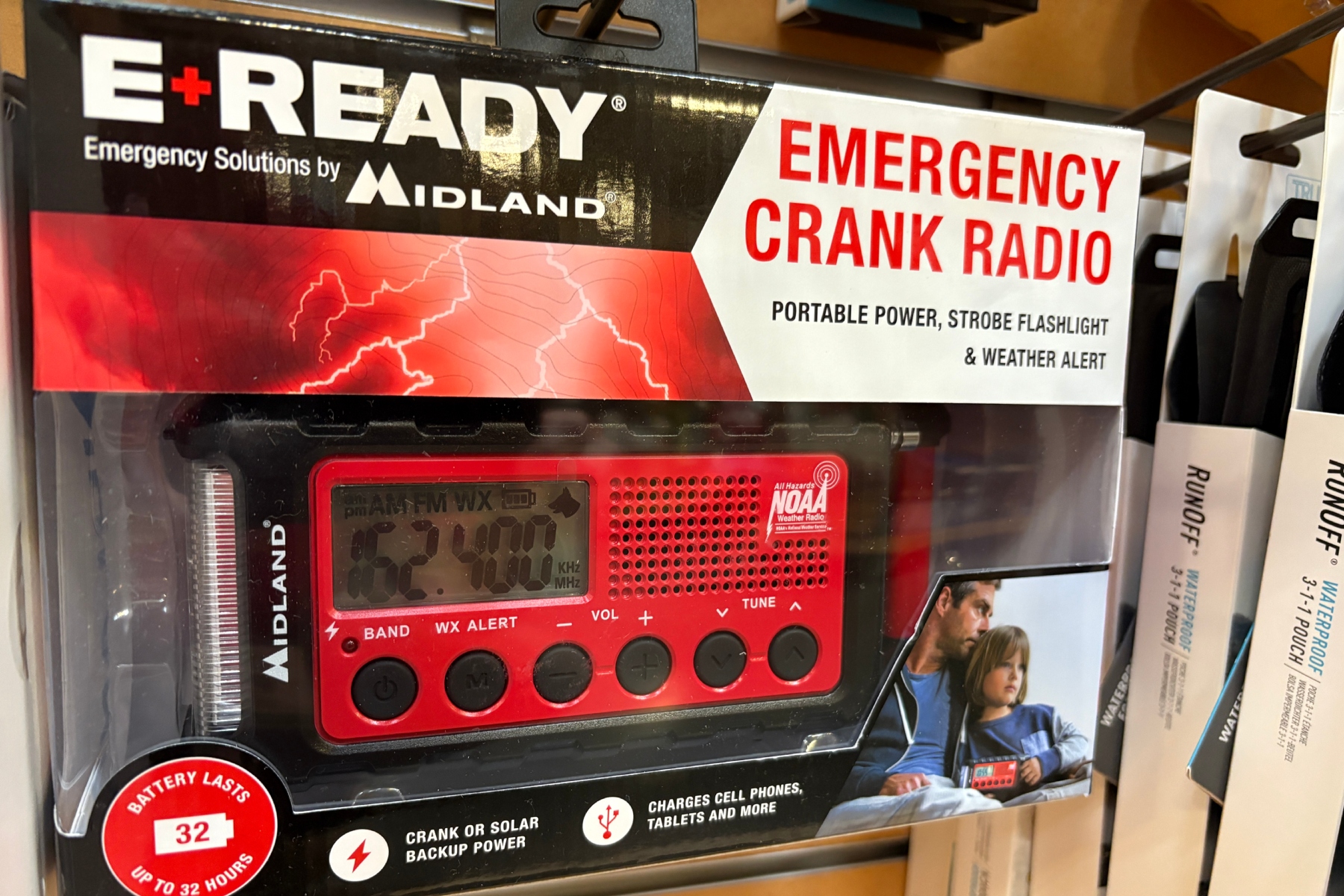ASHEVILLE, N.C. (828newsNOW) — Tropical Storm Helene’s catastrophic flooding, power outages and water system failures left Western North Carolina reeling — and offered a stark reminder that even inland communities must be ready for the worst.
“There were a lot of things I wished I’d had,” one woman said, remembering the first days after the storm.
When Helene made landfall on the Gulf Coast last September as a Category 4 hurricane with 140 mph winds, many Asheville-area residents expected mainly wind and rain. Instead, the region was hit with record-shattering rainfall — Asheville Regional Airport recorded 19.38 inches, and some nearby gauges measured up to 31.33 inches in just days.
The resulting floodwaters overwhelmed the French Broad and Swannanoa rivers, which converge in Asheville, destroying or rendering hundreds of homes and buildings uninhabitable. The municipal water system failed, cutting off running water to much of the city and surrounding areas for weeks. Landslides and washed-out bridges isolated communities by severing major highways.
The storm also uprooted hundreds of thousands of trees. Entire neighborhoods in Asheville lost their tree canopy, increasing risks from heat, erosion, flooding and wildfires.
Power outages lasted days to weeks, and cell service disruptions extended even longer because of damage to infrastructure. While tap water was restored to most by late October, boil-water advisories remained in place for weeks, with safe water fully returning after 53 days.

REI in Biltmore Park Town Square quickly sold out of power banks and crank emergency radios, one employee said Tuesday.
“But the power banks won’t help you much if you don’t have them charged up before the power goes out,” Sam said.
Batteries, lanterns and portable showers were also hot items.
“They cleaned the shelves of a lot of stuff,” Sam said.

Helene’s devastation underscored the critical need for thorough emergency preparedness. Here’s a well-rounded list of items to keep on hand for a weather emergency — whether it’s a flood, snowstorm, hurricane or severe thunderstorm. Think of it as a mix between a 72-hour survival kit and a comfort pack:
- Water: At least 1 gallon per person per day for 3 days (drinking + sanitation)
- Non-perishable food: Ready-to-eat items like canned goods, peanut butter, granola bars, dried fruit
- Manual can opener: Because an electric one won’t help in a power outage
- Battery-powered or hand-crank weather radio: Preferably NOAA Weather Radio with tone alert
- Flashlights: LED preferred for longer battery life
- Extra batteries: For all your devices
- First-aid kit: Bandages, antiseptic, pain relievers, personal medications (7-day supply if possible)
- Whistle: To signal for help
- Multi-tool or basic toolkit: Screwdriver, pliers, knife
- Portable phone charger/power bank: Solar or battery-powered
- Rechargeable light bulbs: They provide bright, consistent light, and many come with USB charging cables, so you can top them up with a power bank, solar charger or car charger.
- Warm layers: Hats, gloves, thermal socks for winter
- Rain gear: Poncho, waterproof jacket
- Blankets or sleeping bags: Mylar emergency blankets take little space
- Sturdy shoes: In case you need to walk in debris or water
- Moist towelettes or wet wipes
- Trash bags & plastic ties
- Toilet paper
- Hand sanitizer
- Copies of IDs, insurance papers, medical information: Stored in a waterproof pouch
- Emergency contact list: In case your phone dies
- Cash: Small bills; ATMs may be down
- Dust masks: To filter contaminated air
- Duct tape & plastic sheeting: For quick shelter or to seal windows/doors in certain emergencies
- Local maps: Paper copies in case GPS is unavailable
- Pet supplies: Food, carrier, leash, water, meds
Emergency managers stress that the biggest lesson from Helene is to prepare early and thoroughly, because disasters can strike unexpectedly and cause widespread, long-lasting disruption. Being ready with the right supplies can save lives and ease recovery when the next storm hits.
Where to keep your emergency kit
Storing an emergency weather kit properly is key to making sure it’s ready and accessible when you need it. Here are some suggestions.
- Keep it in a sturdy, waterproof container — like a plastic tote with a tight lid or a durable backpack. This protects supplies from moisture, pests and damage.
- Organize items in labeled bags or compartments inside the container for easy access (e.g., first aid, food, tools).
- Include a checklist taped inside the kit so you can quickly see if anything’s missing or expired.
- Check and rotate supplies regularly (every 6 months to 1 year), especially food, water and batteries.
- Store it in an easily accessible location known to everyone in your household — like a hallway closet, utility room, or near your main exit door.
- Keep your kit somewhere cool and dry to preserve food and batteries.
If you have multiple kits, store one at home and one in your car for emergencies when you’re away from home.
Avoid storing it in places that are hard to get to, like the attic or basement, especially if weather emergencies can come suddenly.
If you live in an area prone to flooding, store your kit up off the ground on a shelf or in a cabinet.
Keep a smaller “go bag” version with essentials near your bed or workspace for quick grab-and-go situations.











